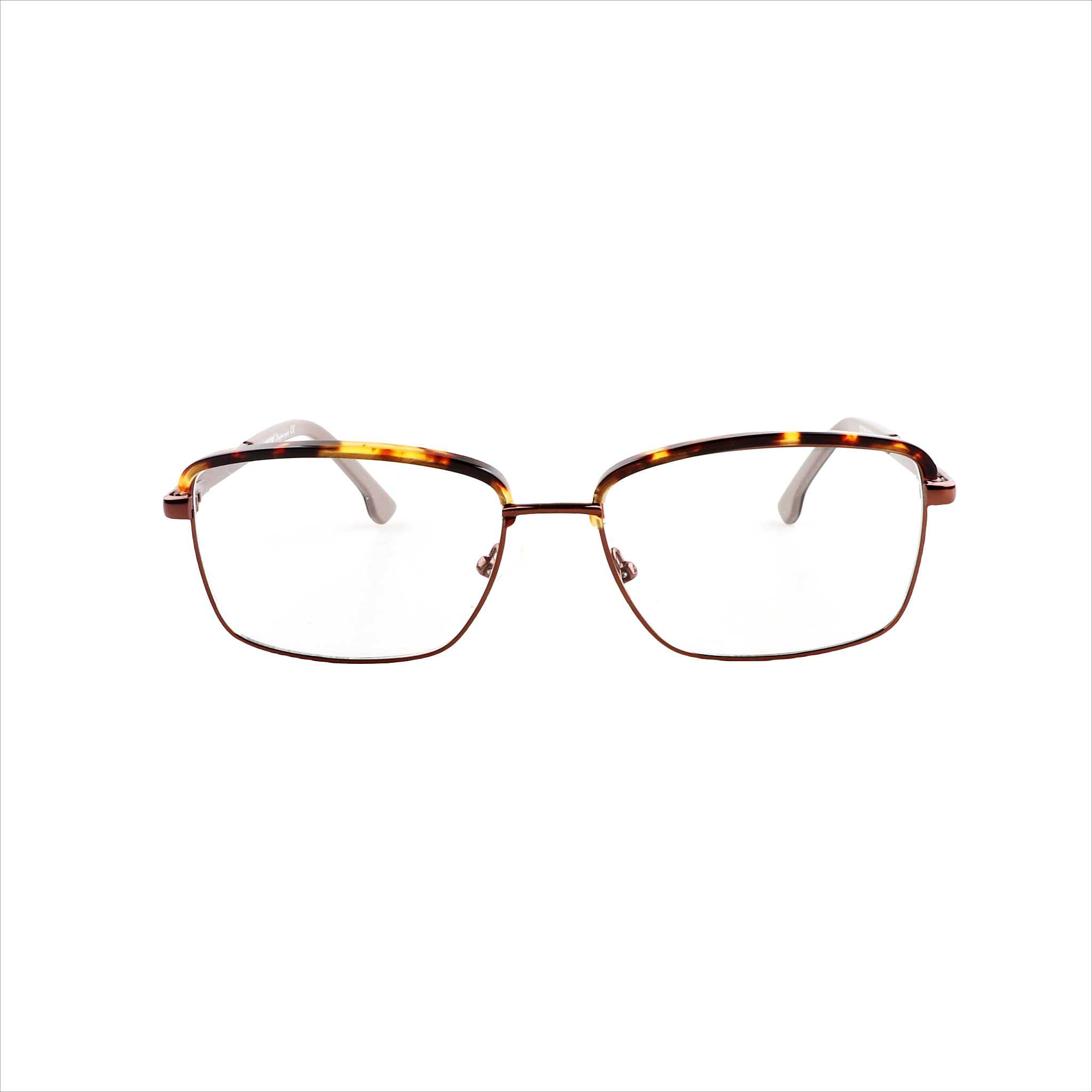Eye Disorders

Eye Disorders Overview
1. Normal Vision
- Definition: Often referred to as “20/20” vision, this indicates that an individual can see clearly at a distance of 20 feet what should normally be seen at that distance.
2. Farsightedness (Hyperopia)
- Definition: Farsightedness, or hyperopia, is a condition where distant objects can be seen clearly, but close objects may appear blurry. This occurs when the eyeball is too short or the cornea has too little curvature.
3. Myopia
- Definition: Myopia, commonly known as nearsightedness, causes distant objects to appear blurry while close objects can be seen clearly. This condition arises when the eyeball is too long or the cornea is too curved.
4. Astigmatism
- Definition: Astigmatism is a common refractive error that results in blurred or distorted vision. It occurs due to an irregular shape of the cornea or the lens, leading to light being focused unevenly on the retina.
These conditions can often be diagnosed through routine eye exams and are typically treatable with corrective lenses, contact lenses, or surgical procedures.








